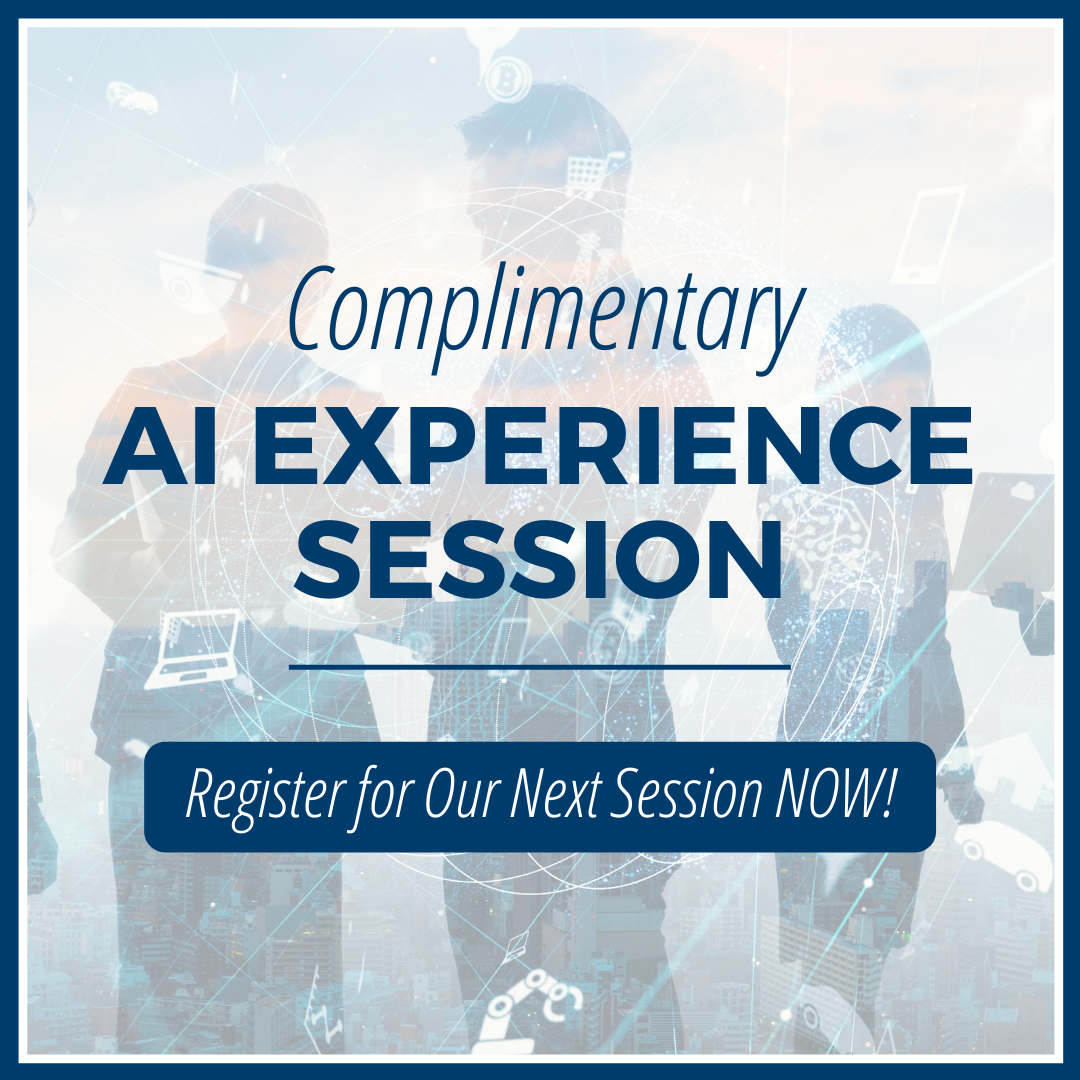Habituation is what happens when a person gets used to something that no longer calls one’s attention … such as swimming in cold water to the point where it doesn’t feel cold any more, or using a word that has lost its meaning. It could be what artificial intelligence is going through now that everyone thinks they know what it is and uses the term to appear in the know in today’s conversations. This is hype.
To refocus on what artificial intelligence is all about we might better rethink what AI does, which is its production of machine learning. Machines don’t think, as Allan Turing demonstrated over 50 years ago. However, machines can collect data and with the help of computer scientists can program data into patterns that predict outcomes. It’s the “input-output” process of “if this, then that.” This is simple learning.
Machine learning is what computers do when computer scientists program data collection with algorithms to calculate and instruct the computer for results. Mostly, with repetition, the computer learns a specialized process that is considered automation. This makes it easier for the computer user to move on to more complicated thinking about end results.
Machine learning also provides the learning of skills necessary for future jobs. Brightspace, D2L’s LMS (Learning Management System)[1] foresees “understanding the skills of the future and how new models of learning must be embraced to address the challenges exposed with existing systems of learning.” AI might trigger the loss of jobs but its machine learning will educate people for skills needed in new jobs in our 4th Industrial Revolution.
We must partner with machine learning to be open to today’s industrial growth for jobs not yet identified. IBM has mobilized its Watson to retool its employees for the changes taking place in their company. As McKinsey and Company[2] stated: “By 2030, up to 375 million workers will need to switch occupational categories due to automation and all workers will need to adapt to co-exist alongside increasingly capable machines.” Employees will “coexist” with machine learning.
This “coexistence” with machine learning is the reality of AI; it is machine learning that will teach workers the skills needed for jobs. AI (Artificial Intelligence) is the umbrella or genus of the information technology of our modern industrialization; machine learning is the driver of that information to train workers for the necessary skills of today’s jobs.
The term “machine learning” tells us more about our future than “artificial intelligence”, because intelligence is a dynamic quality that should be reserved for sentient beings with humans on top and some animals nearby. This could free us from the fear of it happening that one day a machine might evolve an artificial intelligence superior to human intelligence, thereby exploiting us out of existence. It’s time to divest machines of intelligence and to exploit their learning for our future employment advantage. Machine learning points us in the direction we are heading with today’s fast paced technology changes to capture the learning necessary for new age digital jobs.
1 The Future of Skills in the Age of the 4th Industrial Revolution (e-book)
2 McKinsey Global Institute, 2017




